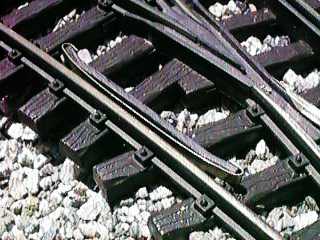Don Watson said:
Ray,
Nobody has mentioned the relatively new LGB 1800s. I don’t know what the radius equivalent is but they are certainly wider than the 1600s. I have 2 of them on my layout and have had no problems with them.
Doc Watson
They haven’t been mentioned because their radius is 2320mm/91.34". If it would help, I could post a picture of how all the mentioned items literally stack on top an Aristo Wide radius turnout.
But understanding basic geometry should actually suffice. ![]()
![]()

